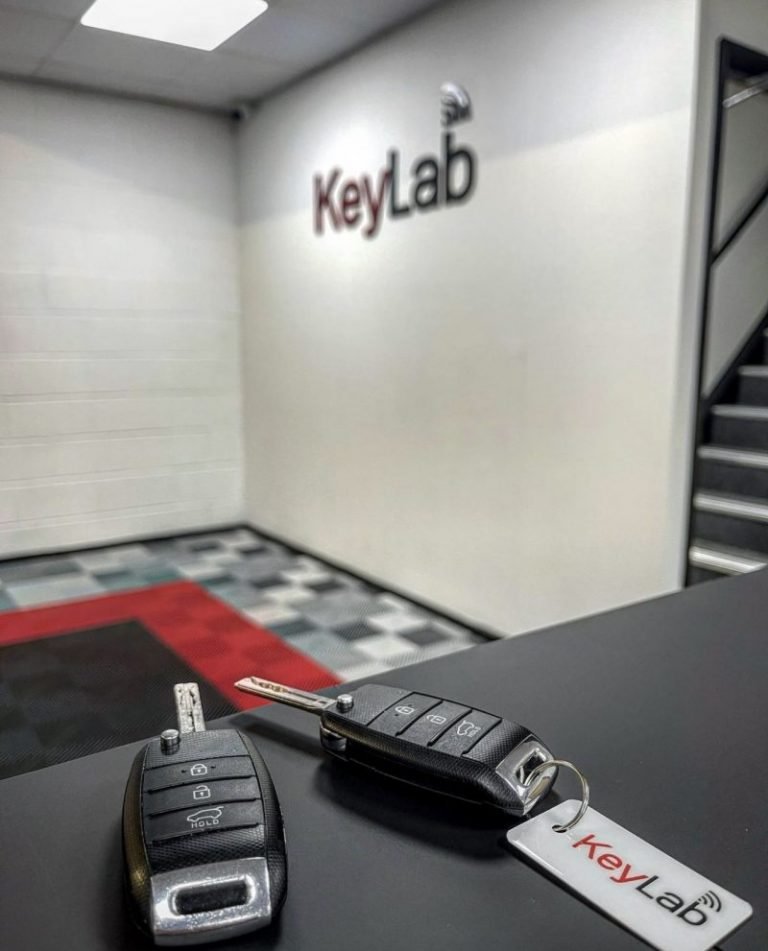Automotive Diagnostics
There are a variety of diagnostic tools that can be utilized to diagnose automotive issues. These include back-pin probing and patterns recognition algorithms. These diagnostic tools can help you communicate with remote assistance systems in addition to identifying components that are malfunctioning. These tools are crucial to ensure that your vehicle is secure while driving.
Component failure warning system
Modern vehicles have many electronic and internal systems that track the performance of the vehicle. A malfunction can trigger these systems. A warning signal will be sent to the driver if an element of the vehicle is not working correctly. Some warning lights will be a sign of a minor issue, such as a loose gas cap, whereas others can indicate the presence of a more serious issue.

A system that detects problems will store information that will help a repair technician determine the issue and fix it. The repair technician can quickly solve the issue if it is identified early enough. A vehicle owner can increase its security and lower maintenance costs by following these suggestions.
Modern vehicles are equipped with a computer diagnostics system that constantly monitors all functions and systems. It also monitors fuel economy and harmful emissions. A warning light will appear on the dashboard if an element is damaged. This system is called OBD and is utilized in personal vehicles, trucks, and commercial vehicles. It's now a standard industry practice and aids in diagnosing problems.
These alerts are issued in the form of Diagnostic Trouble Codes, or DTCs. They are the result of a diagnostic procedure that determines the source of a problem. Diagnostics involves a thorough search for service information as well as pin-point tests of the vehicle, and inspecting the affected areas. It is vital to understand the meaning of these codes to correctly diagnose the issue with your vehicle.
Communication between the vehicle and the remote assistance facility
If you want remote assistance facilities to be able to work with your vehicle you need to be able to communicate with it. V2V communication (vehicle-to-vehicle) is a way to connect with other vehicles wirelessly, and to exchange information. This technology allows the transmission and reception of omni-directional messages up 10 times per minute. It assists vehicles in maintaining an eye on their surroundings in 360 degrees. It also uses information from surrounding vehicles to alert drivers of imminent accidents. These systems also employ tactile, audible, and visual alerts to help drivers avoid crashes.
Back-pin checking
Back-pin probing, a method used in automotive diagnostics, makes use of a sharp point to make contact with automotive connectors. These probes are typically cheap and can be found on all models of vehicles. These probes are helpful in measuring live circuits and do not damage connectors. This is a way to avoid the need for puncturing the wire insulation.
The use of back-probing in automotive diagnostics is favored by many repair technicians because it is convenient and safer than using a wire probe to pierce the insulation. These tools can be easily fitted into automotive connectors using a variety of tips. Many of the back-probes that are made for speciality have a small diameter that reduces the leverage that is applied to the connector.
Some diagnostic kits for cars contain various connectors and probes, such as banana plugs, alligator clips, and pointed probe tips. Some kits also come with various test kits. These kits will let you quickly and easily test the electrical signals that signal that there is a problem with your vehicle.
Back- diagnostics check probing is among the most effective ways to test automotive connectors. It allows you to quickly connect and disconnect test leads. This method of diagnosis is cost-effective. This method can save a lot of time, effort, and money.
On-board diagnostics
On-board diagnostics in automotive systems can provide drivers with vital information about the health of their vehicle. It can also alert them when their vehicle requires repairs or maintenance. This technology can boost the efficiency of fuel and reliability. This technology can be utilized to enhance safety and engine performance by car makers. These systems also help drivers save time and money by allowing them to view how their car is performing without needing to visit mechanics.
Before the introduction of standard on-board diagnostics, manufacturers developed their own systems. The initial versions of the system used their own connectors, electronic interfaces, and specific codes to indicate issues. The first systems were released in the years 1968 and 1978 by Volkswagen and Datsun. The Society of Automotive Engineers (SAE), eventually required that all vehicles have the technology. California also mandated that all vehicles have on-board diagnostics by 1994.
The on-board diagnostics systems are so advanced that they can operate with the same power as a desktop computer. They are compatible with various mid-speed networks and are increasingly capable of handling huge quantities of data. Additionally, many on-board diagnostics systems come with a speed sensor that can detect roads that are rough. These sensors are integrated into the engine control module of the vehicle or ECU.
OBD systems can detect problems in the engine of a car and cause a warning light to appear in the instrument cluster. Once the OBD system has identified the issue, it saves a diagnostic code. To determine the trouble code it is possible for a mechanic to connect an OBD scanner to the OBD connector located below the dashboard. A mechanic may not be able to read the trouble code, however, it could help him determine what's wrong.
